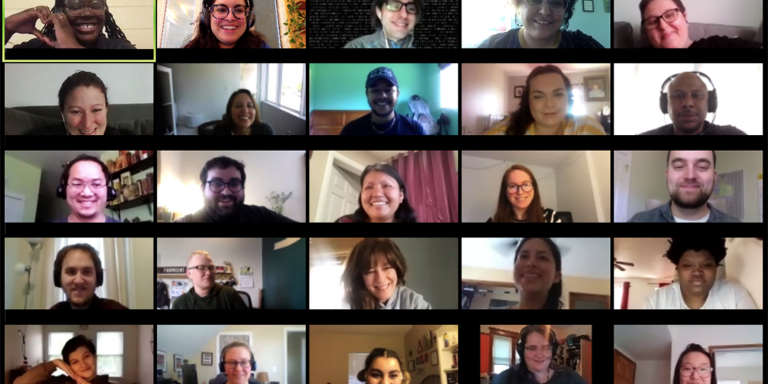
Below is an excerpt of an article originally published in Responsive Philanthropy, a publication by The National Committee for Responsive Philanthropy (NCRP), on August 1, 2022. Read the full article at the page linked below. Co-written by: Karundi Williams, Kavita Khandekar Chopra
In a year like 2022, it is simply impossible to turn our attention away from the relentless attacks on our democracy and our people. While this country has never fully realized a democracy that represents us all, for the last 50 years a strategic, a well-funded, and deeply organized effort has been building to erode any progress that we have made. In just the last two years, states across our country have been systematically restricting voting rights through gerrymandered redistricting, laws targeting who can register voters, increased voter ID laws, and more. And they are not stopping there — moving swiftly to restrict [or erode] other personal freedoms like the right to protest, the right to live in our identities and love whomever we choose, and of course our right to the autonomy of our own bodies.
But let’s be clear — this American democracy was never built for us. It was not built for the Black, Indigenous, Native, Latine, Asian & Pacific Islander communities who have always supported but never benefited from this democracy. Still though, we fought to build power for our people and started transforming our democracy by getting the 13th, 14th, 15th, 19th, 24th and 26th amendments ratified. Despite these advancements, the cornerstones of our democracy — the rights to vote, to dissent, to be treated equally under the law — have never been equitably applied to BIPOC communities. And this battle remains central to the narratives at play in 2022 and beyond.
When things feel so bleak, it is hard for even the most politically educated of us to remain engaged in a system that does not see our humanity. But the question at hand for us now is not ‘How do we get more people to vote?’ The question we must ask ourselves is ‘What hope can we offer our communities about the outcomes of this rigged system?’ ‘How can we bring about real change for our people through civic engagement?‘
What role can philanthropy play to overcome these seemingly impossible barriers?
For too long, philanthropy has been focused on civic engagement as an activity that is typically done in even-number years between May and November. Money begins to flow in with purpose — to engage as many voters as is possible to achieve the best outcomes for our communities. But this cyclical, dump-truck style funding doesn’t work because it makes far too many assumptions about who is engaged, how communities will vote, how to engage different communities, and ultimately what this engagement is for.
Part of the problem is that philanthropy is often measuring the wrong things. They’re focused on voter engagement as the outcome, instead of recognizing it as the lever by which we see transformational change for our people. As head of the New Georgia Project Nse Ufot said recently in her panel at the Funders Committee on Civic Participation, voting is a “flex” of the power that communities have built over time. Voting is not the end.